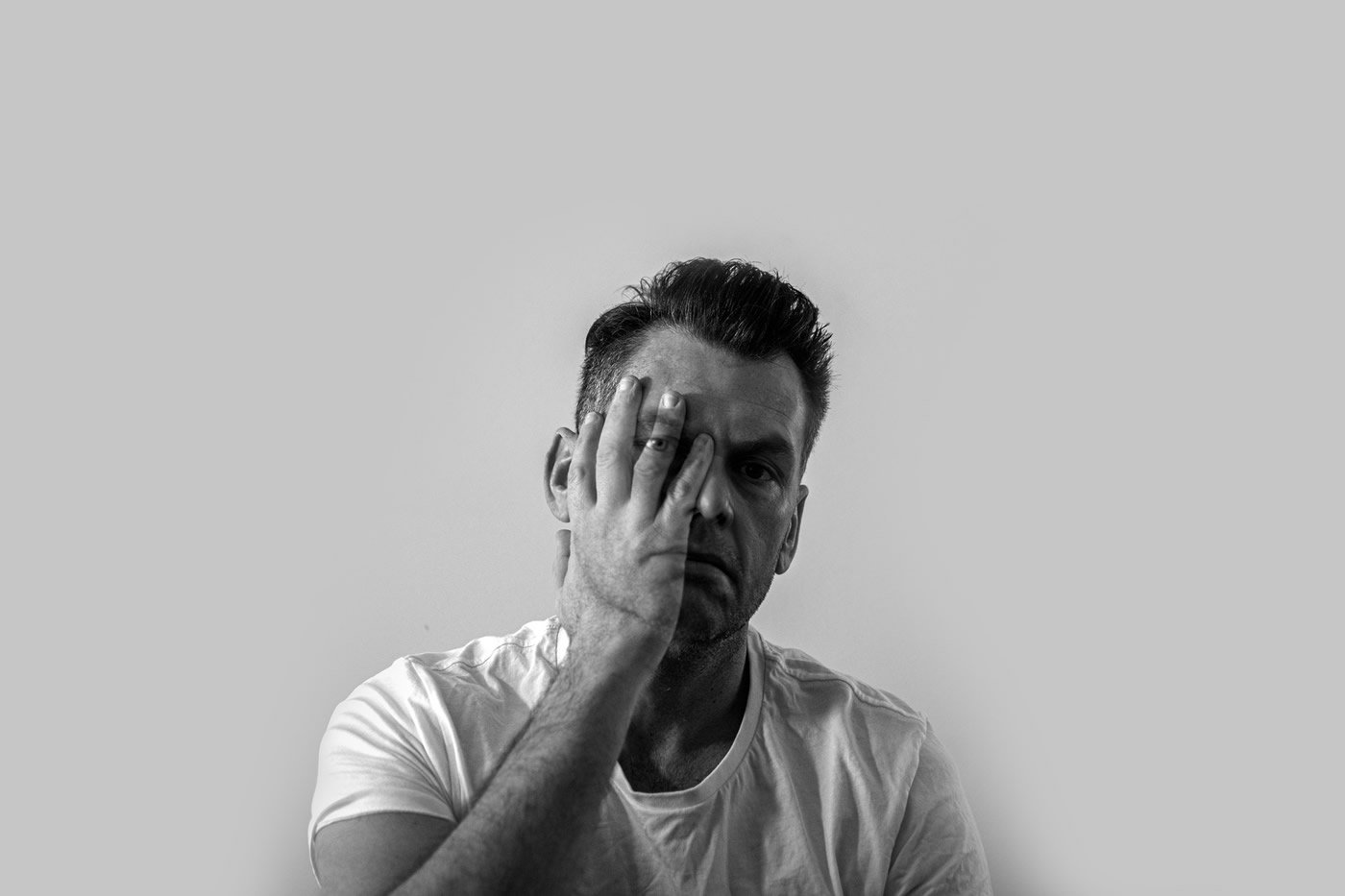
Bipolar disorder, also known as manic depression, is a mental illness that brings severe high and low moods and changes in sleep, energy, thinking, and behavior.
People who have bipolar disorder can have periods in which they feel overly happy and energized and other periods of feeling very sad, hopeless, and sluggish. In between those periods, they usually feel normal. You can think of the highs and the lows as two "poles" of mood, which is why it's called "bipolar" disorder.
The word "manic" describes the times when someone with bipolar disorder feels overly excited and confident. These feelings can also involve irritability and impulsive or reckless decision-making. About half of people during mania can also have delusions (believing things that aren't true and that they can't be talked out of) or hallucinations (seeing or hearing things that aren't there).
"Hypomania" describes milder symptoms of mania, in which someone does not have delusions or hallucinations, and their high symptoms do not interfere with their everyday life.
The word "depressive" describes the times when the person feels very sad or depressed. Those symptoms are the same as those described in major depressive disorder or "clinical depression," a condition in which someone never has manic or hypomanic episodes.
Most people with bipolar disorder spend more time with depressive symptoms than manic or hypomanic symptoms.
Bipolar Disorder Types
There are a few types of bipolar disorder, including:
Bipolar I disorder
With this type, you have extreme erratic behavior, with manic “up” periods that last at least a week or are so severe that you need medical care. There are also usually extreme “down” periods that last at least 2 weeks.
Bipolar II disorder
With this type, you also have erratic highs and lows, but it isn’t as extreme as bipolar l.
Cyclothymic disorder
This type involves periods of manic and depressive behavior that last at least 2 years in adults or 1 year in children and teens. The symptoms aren’t as intense as bipolar disorder I or bipolar disorder II.
Bipolar Disorder Symptoms
In bipolar disorder, the dramatic episodes of high and low moods do not follow a set pattern. Someone may feel the same mood state (depressed or manic) several times before switching to the opposite mood. These episodes can happen over a period of weeks, months, and sometimes even years.
How severe it gets differs from person to person and can also change over time, becoming more or less severe.
Symptoms of mania ("the highs")
-
Excessive happiness, hopefulness, and excitement
-
Sudden changes from being joyful to being irritable, angry, and hostile
-
Restlessness
-
Rapid speech and poor concentration
-
Increased energy and less need for sleep
-
Unusually high sex drive
-
Making grand and unrealistic plans
-
Showing poor judgment
-
Drug and alcohol abuse
-
Becoming more impulsive
-
Less of an appetite
-
Larger sense of self-confidence and well-being
-
Being easily distracted
During depressive periods ("the lows"), a person with bipolar disorder may have:
-
Sadness
-
Loss of energy
-
Feelings of hopelessness or worthlessness
-
Not enjoying things, they once liked
-
Trouble concentrating
-
Forgetfulness
-
Talking slowly
-
Less of a sex drive
-
Inability to feel pleasure
-
Uncontrollable crying
-
Trouble making decisions
-
Irritability
-
Needing more sleep
-
Insomnia
-
Appetite changes that make you lose or gain weight
-
Thoughts of death or suicide
-
Attempting suicide
Bipolar Disorder Risk Factors
When someone develops bipolar disorder, it usually starts when they're in late adolescence or young adulthood. Rarely, it can happen earlier in childhood. Bipolar disorder can run in families.
Men and women are equally likely to get it. Women are somewhat more likely than men to go through "rapid cycling," which is having four or more distinct mood episodes within a year. Women also tend to spend more time depressed than men with bipolar disorder.
Some things that make you more likely to have bipolar disorder include
-
Having a family member with bipolar disorder
-
Going through a time of high stress or trauma
-
Drug or alcohol abuse
-
Certain health conditions




